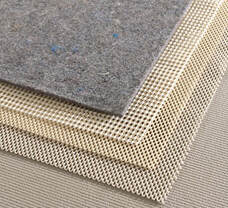 USING A RUG PAD Pads are strongly recommended for these below reasons:
We recommend purchasing a rug pad as close to the size of your rug as possible. Ideally, when buying a thinner rug pad, the rug pad should be 1" shorter from all sides or 1,5", if you require a thicker rug pad. TYPES OF RUG PADS When looking for a rug pad for your home, it’s important to consider the thickness of the rug that the pad will be placed under, as this will ensure that your rug does not become a tripping hazard. However, another thing to consider is the material that the rug pad is made of. This is because some materials offer different benefits than others. RECYCLED FELT The strongest and best performing felt pad is a dense, non-woven, needle-punched, solution-dyed, hypo-allergenic (no plant or animal fibers) felt made of 100% synthetic fiber. This type of padding does not aggravate allergies, does not break down chemically, resists mildew and rot and insulates against cold floors while providing maximum structural protection to your area rugs. You can’t rip this pad apart or punch through it. It lasts at least 10 years while continuously controlling and protecting your rugs. Felt pads are especially popular to use with Oriental area rugs surch as Persian rug. They provide a luxurious cushioned feeling underfoot and offer thermal- and sound-insulation benefits. However, despite providing protection for both the floor and rug, felt rug pads do not altogether prevent unwanted movement. To compensate and bring together the best of both worlds, many manufacturers combine felt and rubber in one pad. The rubber creates the nonslip benefit not present in felt alone. 100% Natural RUBBER These rug pads are made entirely of natural rubber. This rug pad is ideal for situations where you want a nonskid pad but have limited height clearance, such as for a door-swing area. However, the thinness of this pad means it doesn’t offer insulation or cushioning. 100% WOOL For people who have allergies to latex products, a wool rug pad is a good alternative. It’s a biodegradable, renewable, sustainable resource. Wool is also inherently flame retardant and thermally and acoustically insulating. However, wool may pose a problem for people with airborne allergies. PVC We recommend avoiding any kind of cheap PVC rug pads as the quality is many times hard to determine and use of this kind of rug pads may result in discoloration, staining of your floor finish or even falling apart. RUG PADS SUITABLE FOR ORIENTAL PERSIAN RUGS For area rugs such as our Persian rugs, we highly recommend a purchase of non woven, needle-punched felt pads. These are hypo-allergenic, acts as a shock absorber and will prevent premature wear in heavy traffic areas (extend the life of your rug) as well as provide a comfortable cushioned feel.
1 Comment
Yes, that's right: the new hot trend in wedding décor involves colorful, Persian rugs (how much fun, right!?). This design idea is especially popular with out of the box brides and anyone looking to create a casual, relaxed environment. Well I personally think this can be used in any environment outdoor and indoor, an ideal rug present from the groom to the bride or vice-versa. How about a present from the parents, these rugs last way more than a lifetime. (They can be cleaned and restored getting the life of the rug back in no time) and to top it, your children could use the same rug for their wedding, how nice is that. 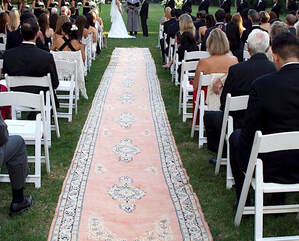 Persian rugs add all the required color to a required space, especially when combined to make an aisle runner. We especially love the muted tones used at this wedding because they add warmth to the surrounding environment perfectly. As we see more of the black in the dress v/s the color 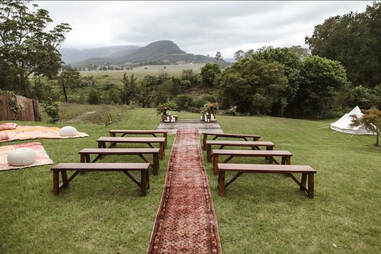 Simple, yet graceful, ops... my heel will not dig into the soil too and not a red carpet, so blends well with the outdoors, and the guest that will wear country casuals for the sit-down reception. Are you bolD?... |
AuthorRugs are our passion, you will love our selection. Archives
August 2022
Categories
All
|
|
Oriental Rugs Chicago modern contemporary
|
COPYRIGHT© 2023, Rugport. ALL RIGHTS RESERVED. Contact Us. Sitemap Website maintained by: websitepages

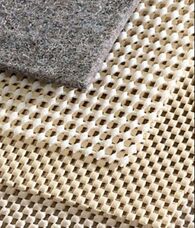
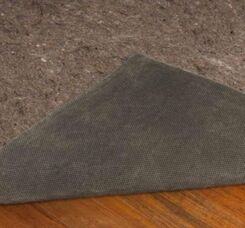
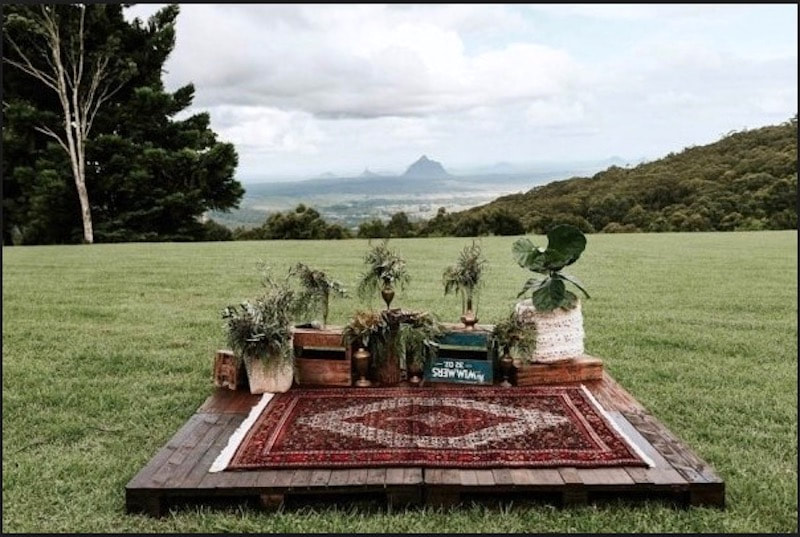
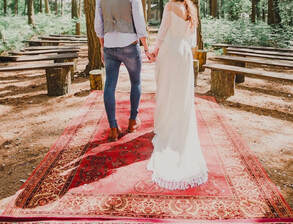
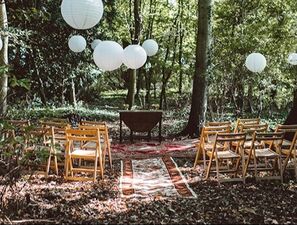

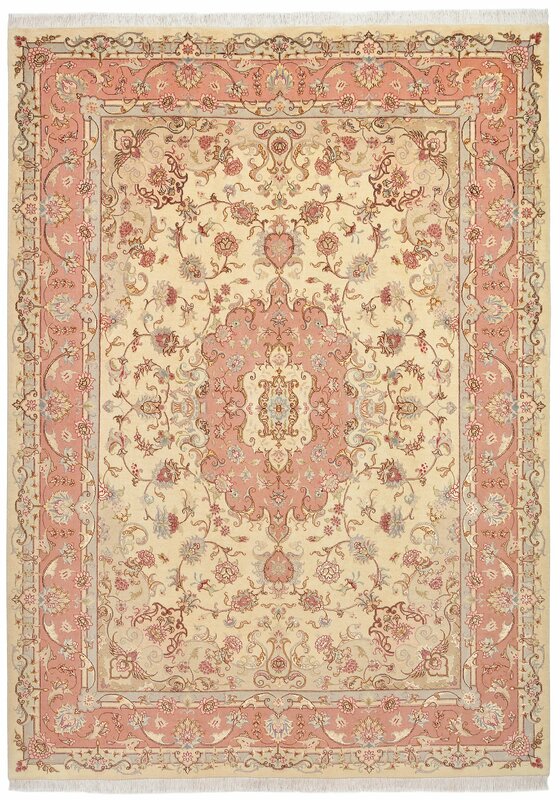
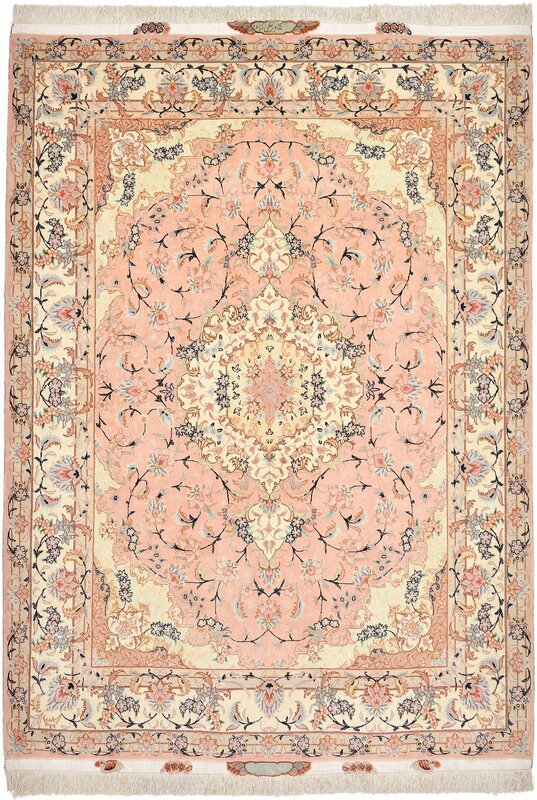


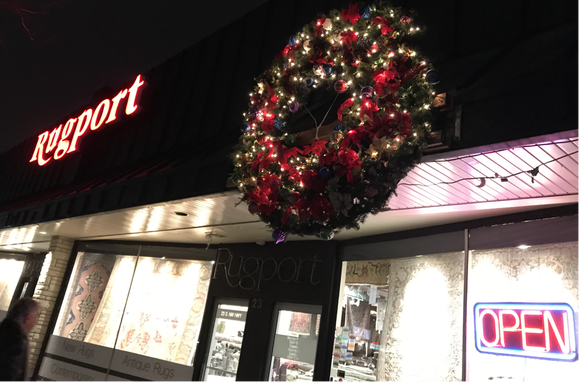
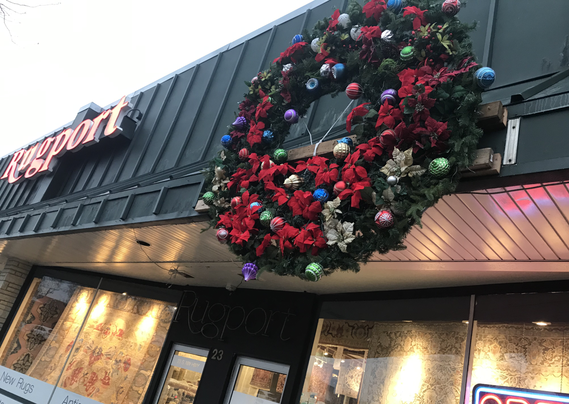
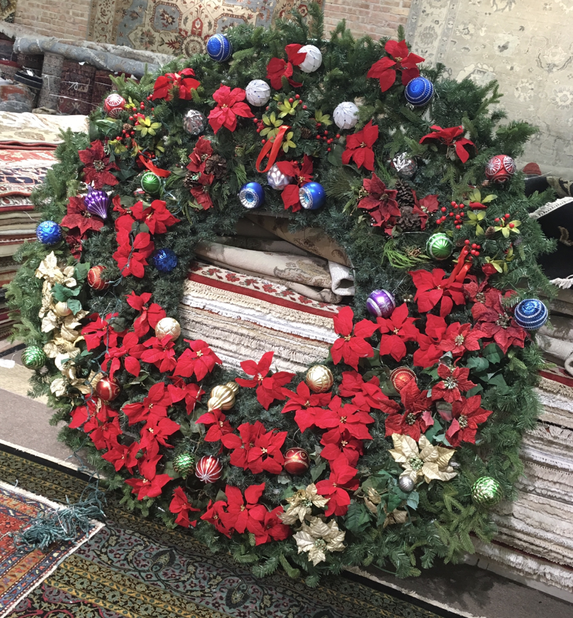
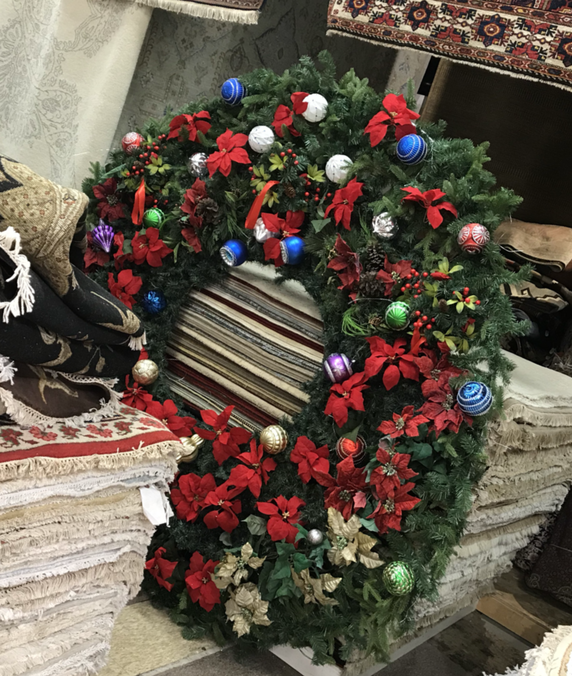
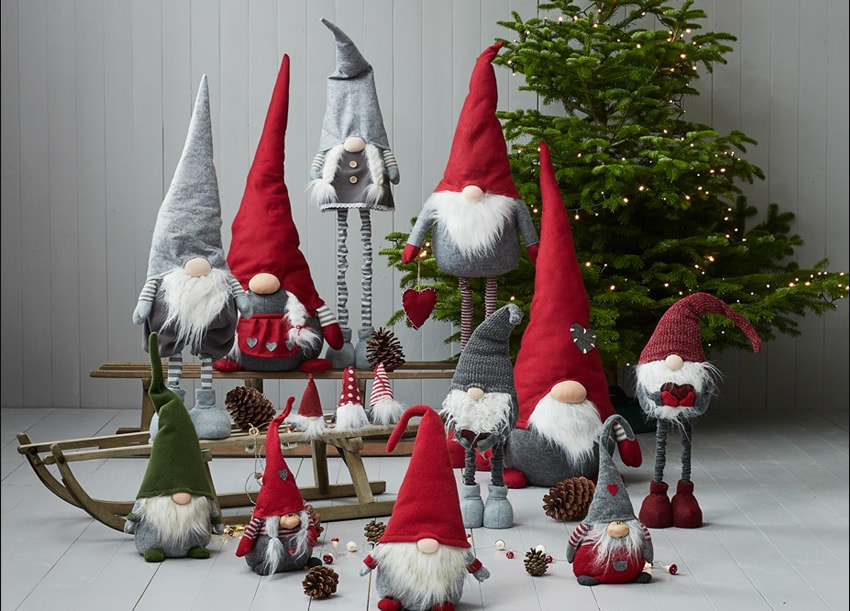
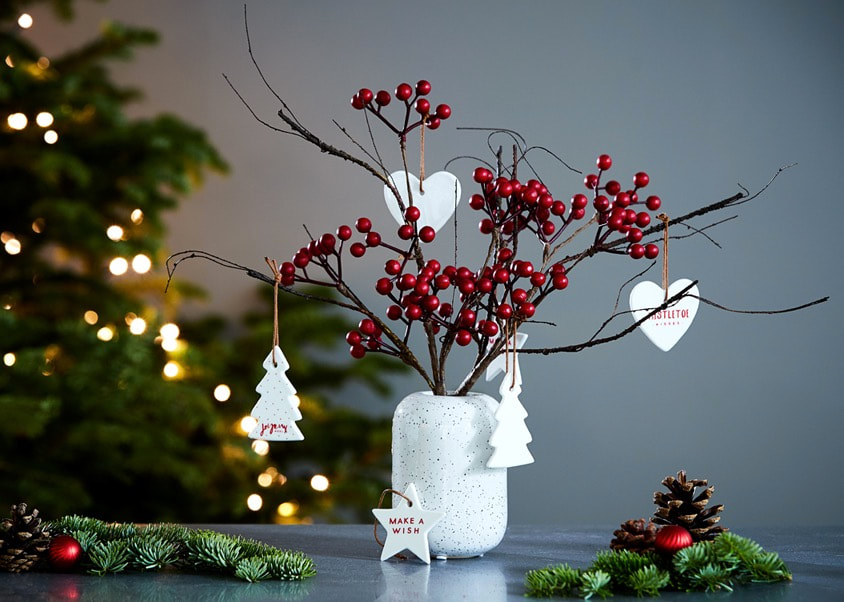
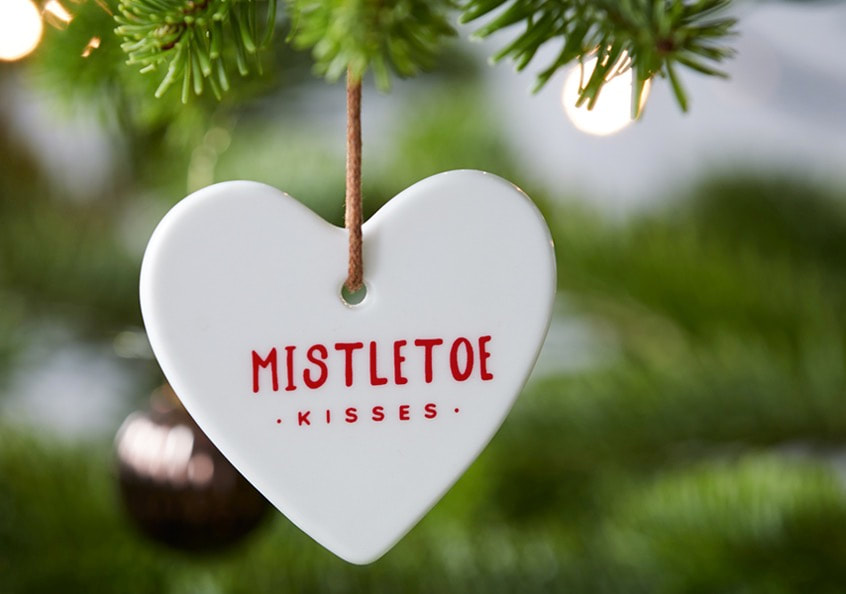
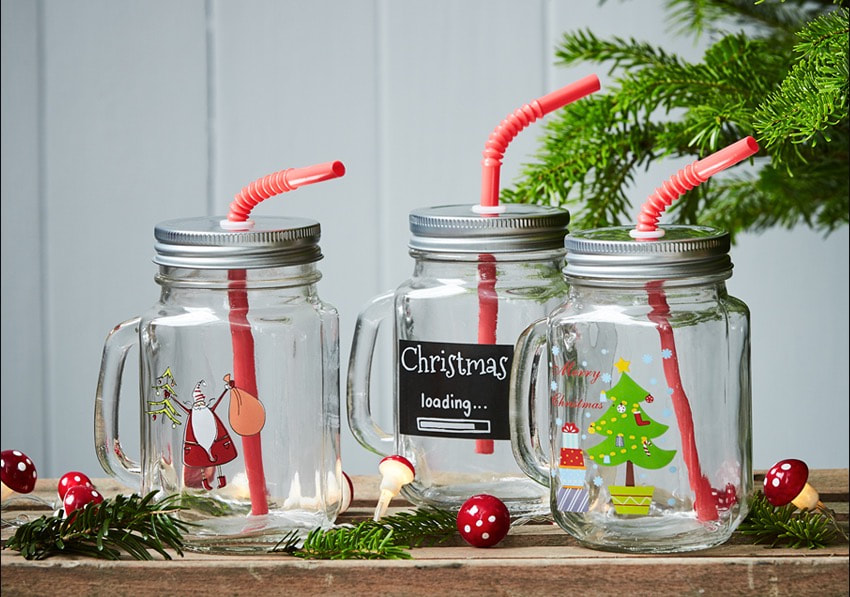
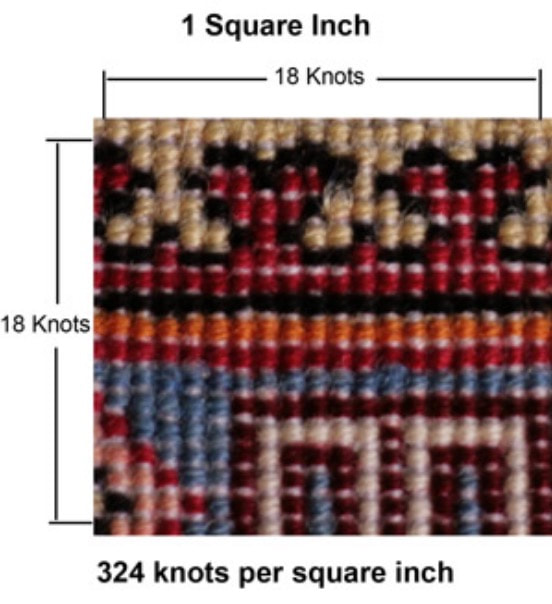
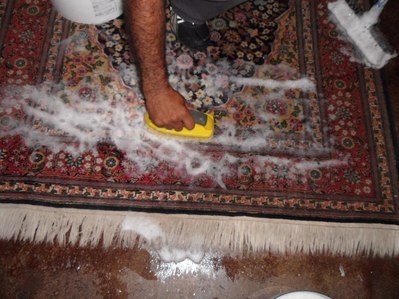
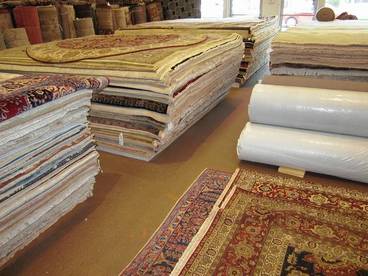

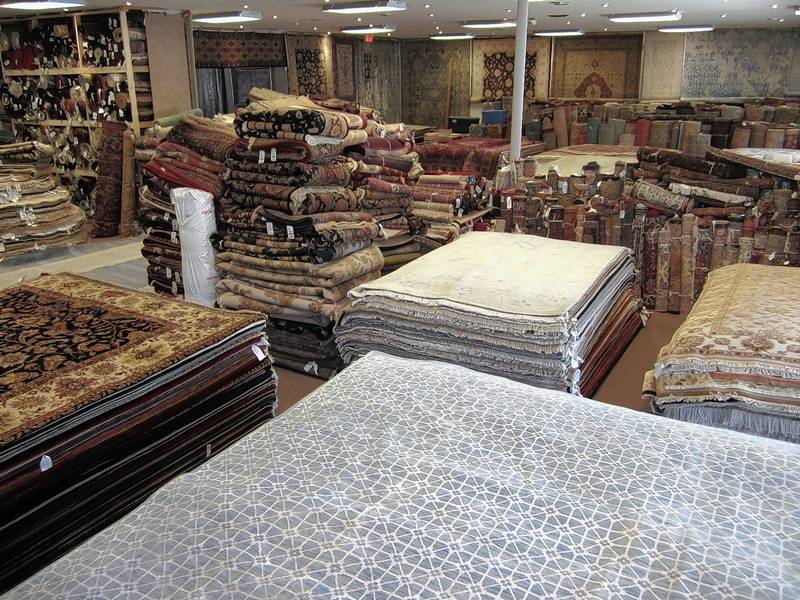
 RSS Feed
RSS Feed